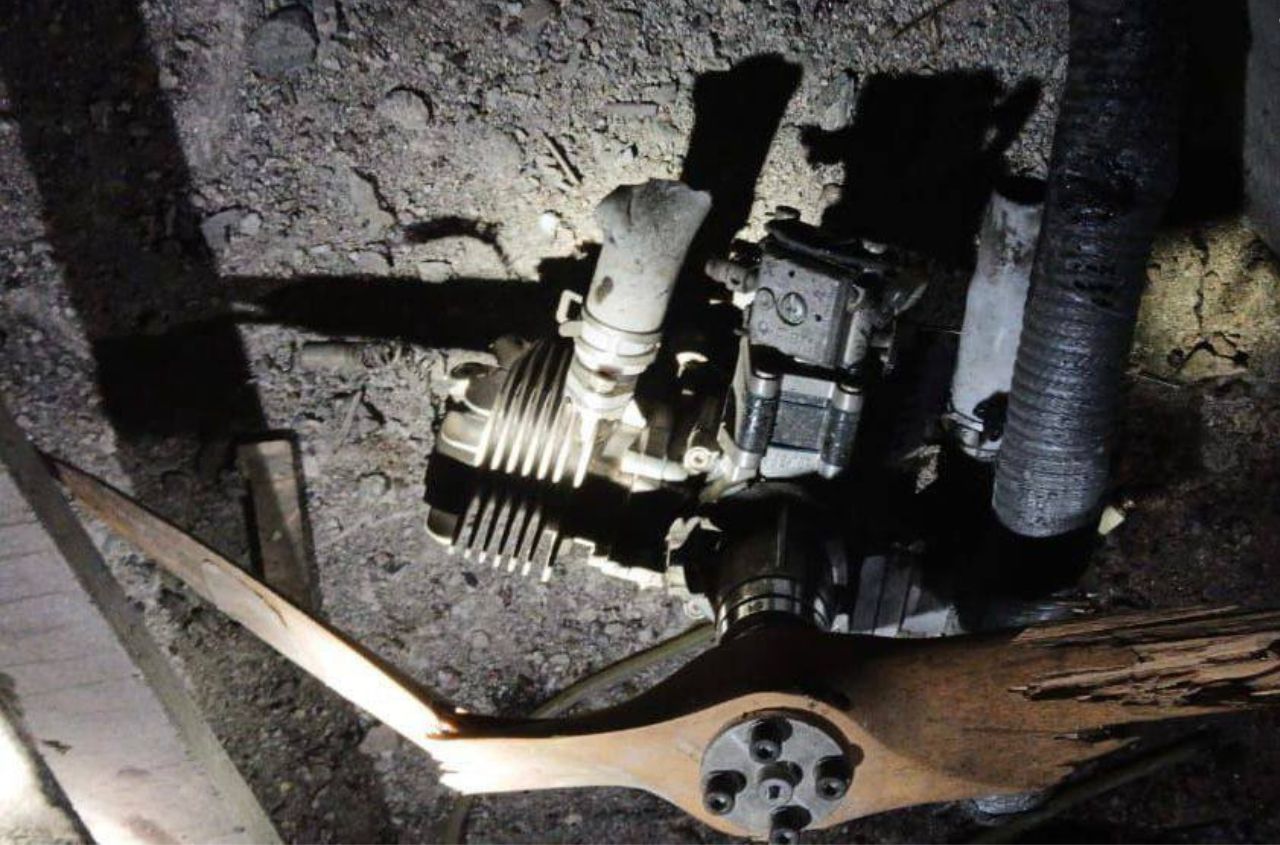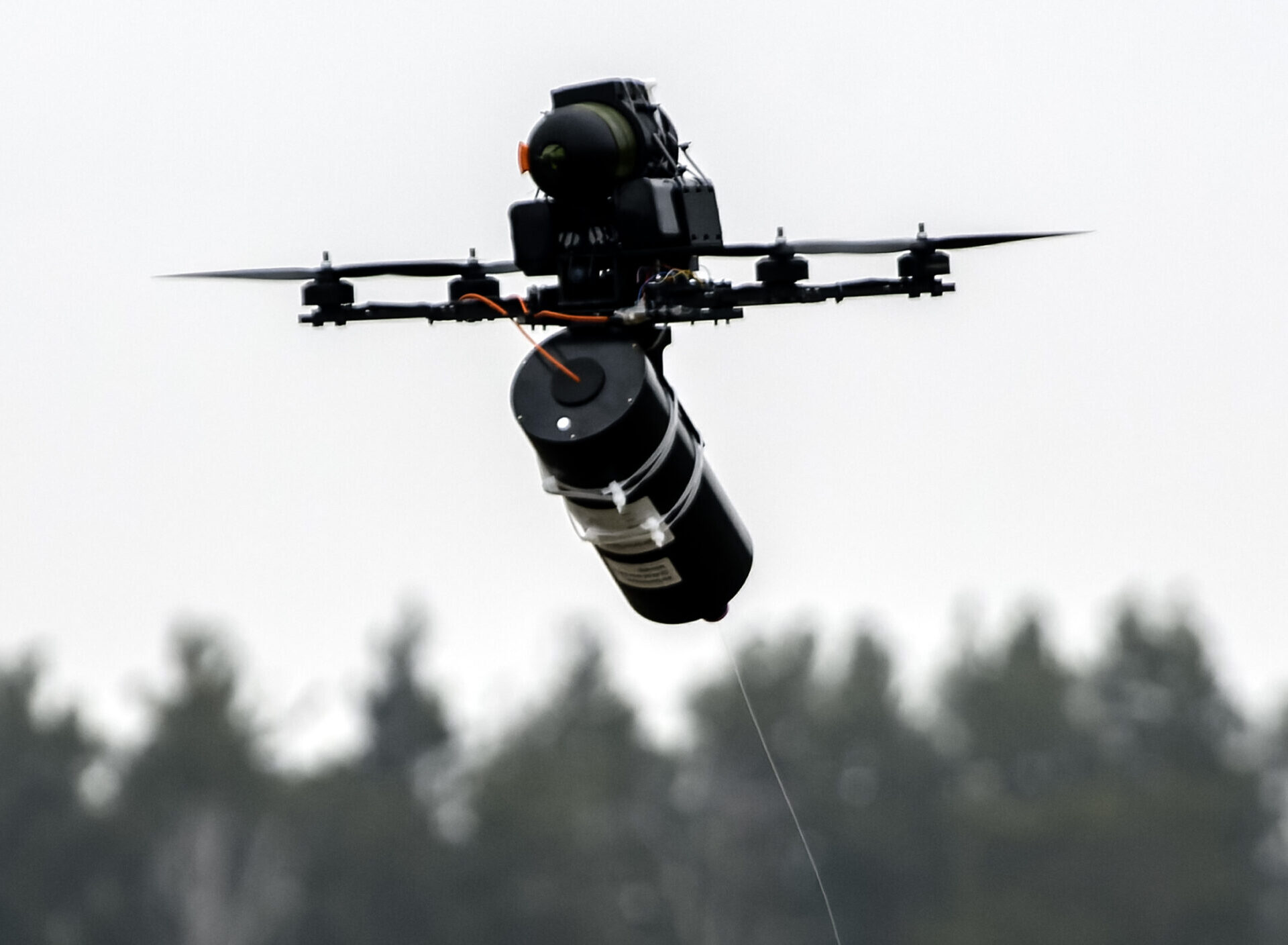By Sergey Auslender.
Photo by Dmitriy Kanter
"The careful and methodical targeting of Russian oil facilities continues, this time hitting Kaluga and its local refinery. Kaluga is now considered part of the far suburbs of Moscow. Ukrainian strikes have managed to dismantle 10 percent of the production capacity in just two to three weeks of airstrikes.
Several crucial points emerge from this situation.
Firstly, the majority of oil processing facilities are located in the European part of Russia, within reach of Ukrainian drones. This trend has been prevalent since Soviet times, with the industry being export-oriented to minimize transportation distances. However, with the ongoing conflict, Russia now faces the challenge of transporting fuel further east, relying heavily on the Trans-Siberian Railway, which Ukrainian military intelligence is actively monitoring.
Secondly, Russia's fuel supply relies heavily on just-in-time delivery, with minimal reserves. The country historically underinvested in storage capacity, and the current military operations are consuming fuel at an unprecedented rate. Consequently, a fuel shortage could occur rapidly, leading to significant repercussions.
Thirdly, targeting primary processing installations is relatively straightforward. It's virtually impossible to conceal or disguise these massive, brightly lit structures, akin to ten-story buildings, making them easy targets for operators armed with coordinates. Moreover, Russia's air defense capabilities are insufficient to defend against such attacks effectively.
With continued attacks over the next month or two, fuel rationing may become necessary, initially for private consumers and eventually for the entire population."





















